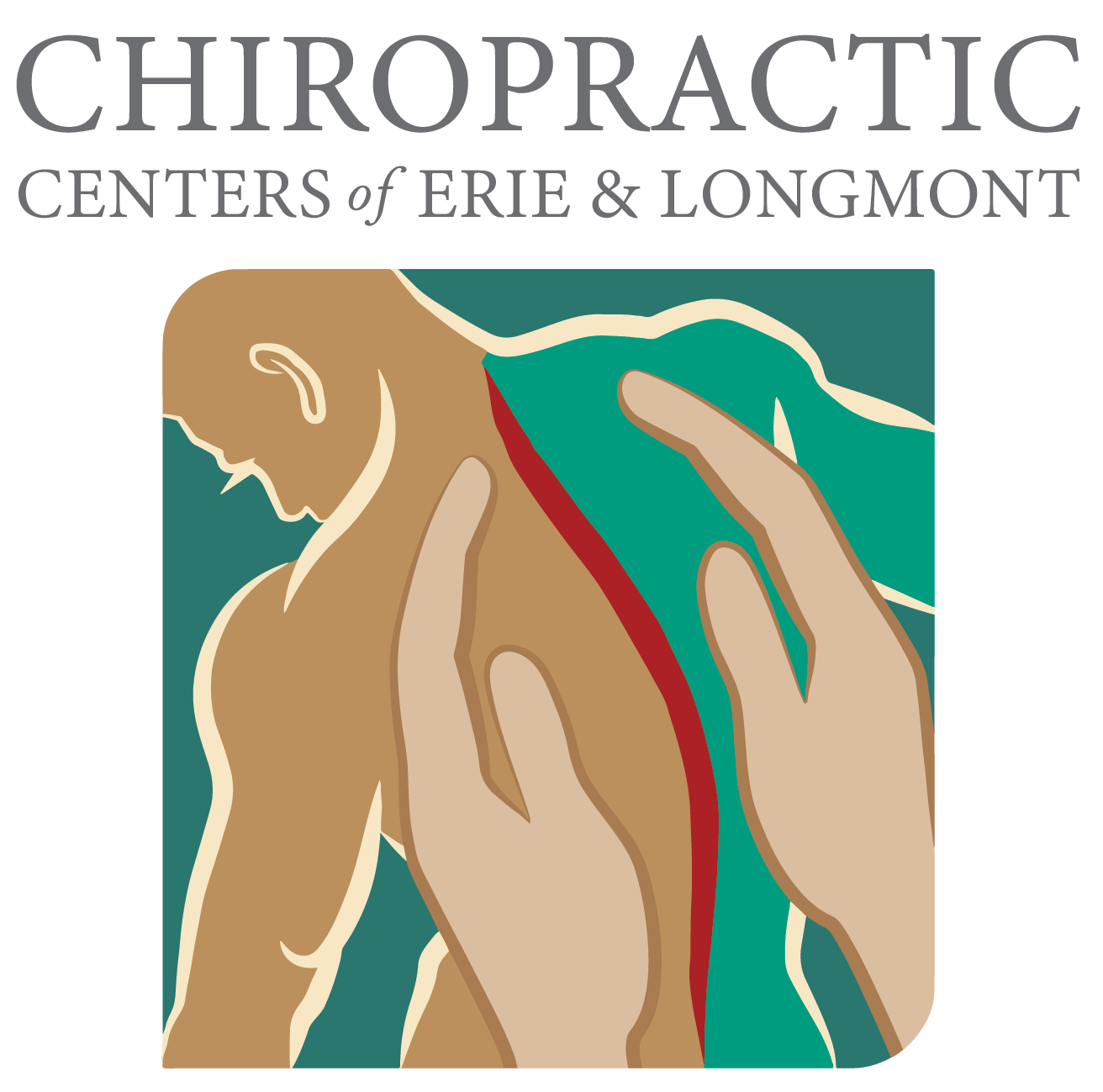How to Manage Headaches with Chiropractic: A Comprehensive Guide
Are you among the 90% of Americans who suffer from headaches? If you’ve grown tired of relying on over-the-counter painkillers or skipping work because your temples are throbbing, there’s a natural solution you may not have considered: chiropractic care. Join us as we delve deep into how chiropractic techniques can provide much-needed relief and even prevent those pesky headaches from returning. Welcome to our comprehensive guide on managing headaches with chiropractic – your pathway to a pain-free life!
Yes, chiropractic care can be an effective treatment option for managing headaches. By assessing and diagnosing the cause of the headache, chiropractors can provide adjustment and manual therapy, soft tissue therapy, modalities like electrical stimulation and dry needling, rehabilitation exercises, lifestyle changes, and education to decrease the intensity and frequency of headaches. It’s essential to take headaches seriously and consult with a chiropractor if you experience frequent or worsening headaches or take pain relievers often for them. If your headache is sudden and severe, follows a head injury, or is accompanied by fever, stiff neck, weakness, numbness, or difficulty speaking, you should promptly seek medical attention.
Causes of Different Types of Headaches
Headaches can be incredibly debilitating, impacting our daily lives and productivity. Understanding the causes behind different types of headaches is crucial in effectively managing and treating them.
When it comes to tension headaches, one of the most prevalent types, several factors can trigger their onset. Stress and anxiety often play a significant role, leading to muscle tension in the head, neck, and shoulders. Prolonged periods of poor posture or maintaining fixed positions for extended periods can further contribute to joint irritation and muscle tension in the upper body. Sedentary activities that involve sitting at a desk for long hours or repetitive movements can also lead to tension headaches.
On the other hand, migraine headaches have various triggers that differ from person to person. These triggers may include hormonal changes, certain foods or food additives, caffeine or alcohol consumption, sensory stimuli like bright lights or loud noises, changes in sleep patterns, weather changes, and even emotional factors such as stress and anxiety. The exact cause of migraines is still not fully understood, but these triggers are known to activate the pain pathways in individuals who are susceptible to migraines.
It’s important to recognize that everyone is unique, and the causes of headaches can vary significantly from person to person. Identifying these underlying factors is key to effective management and treatment.
Now that we have explored the causes of different types of headaches let’s focus on tension headaches and their connection to postural concerns.
Tension Headaches and Postural Concerns
Tension headaches are frequently associated with poor posture, making it essential to address any postural concerns when managing and treating these types of headaches.
Poor posture can result from prolonged periods of sitting in a slouched position or holding the head and shoulders forward, causing strain on the muscles and joints in the neck, upper back, and shoulders. This strain can lead to muscle imbalances, reduced range of motion, and increased tension, which may manifest as tension headaches.
It’s important to be mindful of your posture throughout the day, especially if you spend a significant amount of time at a desk or engaged in sedentary activities. Simple adjustments like sitting up straight, keeping your shoulders relaxed and down, and maintaining proper alignment between your head, neck, and spine can make a substantial difference in preventing tension headaches.
If you find yourself sitting for extended periods, take frequent breaks to stretch your neck and upper body. Engaging in low-impact exercises that strengthen the muscles supporting good posture is also beneficial. These exercises could include shoulder rolls, chin tucks, and gentle stretches for the neck and upper back.
By addressing postural concerns through conscious awareness and implementing corrective measures in our daily routines, we can alleviate tension in muscles and joints that contribute to tension headaches.
- Poor posture can contribute to tension headaches, and it is important to be mindful of maintaining proper alignment between the head, neck, and spine throughout the day. Taking frequent breaks to stretch and incorporating low-impact exercises that strengthen muscles supporting good posture can help alleviate tension on muscles and joints and reduce the frequency and intensity of tension headaches.
Migraine and Stress Management
Living with migraine headaches can be incredibly overwhelming, as these intense headaches are often accompanied by other debilitating symptoms, such as sensitivity to light or sound, nausea, and even visual disturbances. Often triggered by a combination of genetic and environmental factors, migraines can be worsened by stress.
Addressing migraine and stress management is crucial to effectively alleviate the frequency and intensity of migraines. While there isn’t a one-size-fits-all approach, several strategies have proven helpful for many individuals. Chiropractic care offers holistic options that focus on both physical and emotional well-being.
Now, let’s explore some effective migraine and stress management techniques provided by chiropractors:
- Spinal Manipulation: Chiropractic care involves gentle spinal manipulation to restore proper alignment and mobility of the spine. Misalignments in the spine, known as subluxations, can contribute to tension and pain in surrounding muscles and nerves. By addressing these misalignments through spinal adjustments, chiropractors aim to reduce the overall stress on the body and relieve the associated headache symptoms.
- Posture Correction: Poor posture is a common underlying factor in many cases of chronic headaches. Sedentary lifestyles, prolonged sitting or standing positions, and improper ergonomics can all contribute to musculoskeletal imbalances that lead to headaches. Chiropractors assess posture-related issues and provide personalized recommendations on how to correct them. This may involve exercises to strengthen weak muscles, stretching tight ones, or adjusting workstations for optimal spine alignment.
- Stress Reduction Techniques: Chiropractors understand that managing stress is pivotal in preventing migraines. They may suggest various relaxation techniques, such as deep breathing exercises, meditation, or mindfulness practices, to help reduce stress levels and promote overall well-being. Additionally, they can provide guidance on lifestyle modifications, such as incorporating regular exercise and improving sleep patterns, which have been shown to positively impact stress management.
By embracing a multi-faceted approach that includes spinal manipulation, posture correction, and stress reduction techniques, chiropractic care aims to address the root causes of migraines and provide relief. Samantha sought chiropractic treatment for her migraines and discovered that through regular adjustments coupled with stress management techniques like deep breathing exercises and mindfulness, she was better able to manage her migraines during times of increased stress at work.
Think of managing migraines and stress as rebalancing a complex symphony within your body. Each aspect plays an important role in alleviating the intensity and frequency of your headaches. The chiropractor acts as the conductor, guiding you through the harmony of effective treatments and lifestyle modifications.
Now that we’ve explored migraine and stress management techniques, let’s shift our focus to specific chiropractic solutions for headaches.
Chiropractic Solutions for Headaches
Chiropractors play a crucial role in the comprehensive management of headaches by utilizing various techniques tailored to each individual’s needs. They understand that no two patients are alike and customize their approach accordingly.
Here are some common chiropractic solutions for headaches:
- Spinal Manipulation: This hands-on technique is at the core of chiropractic care. By applying controlled force to specific areas of the spine, chiropractors aim to improve spinal alignment and restore normal function. For tension-type headaches or those originating from the neck (cervicogenic headaches), spinal manipulation has shown promising results in reducing pain intensity and frequency.
- Soft Tissue Therapy: Chiropractors often incorporate soft tissue therapy into their treatment plans to address muscle tension and trigger points that contribute to headaches. Techniques such as massage, myofascial release, and instrument-assisted soft tissue mobilization can help relax tight muscles, relieve tension, and promote overall musculoskeletal health.
- Lifestyle Modifications: In addition to hands-on techniques, chiropractors provide valuable guidance on lifestyle modifications that can positively impact headache management. This may include ergonomic adjustments in work or home environments, exercises to improve posture and strengthen supporting muscles, nutritional counseling to identify potential triggers or deficiencies, and stress management strategies.
Through a combination of spinal manipulation, soft tissue therapy, and lifestyle modifications, chiropractic care offers a comprehensive approach to managing headaches. When seeking relief from chronic headaches, it’s crucial to consider the underlying causes rather than relying solely on temporary pain medication.
Spinal Manipulation and Adjustment Techniques
When it comes to managing headaches with chiropractic care, spinal manipulation, and adjustment techniques play a significant role. Chiropractors are trained in these hands-on methods that involve applying controlled force to specific joints in the spine or other areas of the body. By adjusting the alignment and movement of the spine, chiropractors aim to alleviate tension, improve nerve function, and reduce headache symptoms.
Spinal manipulation, also called chiropractic adjustments, typically involves the chiropractor using their hands or specialized instruments to apply quick, precise movements to targeted areas of the spine. These adjustments aim to restore normal joint mobility, relieve muscle tension, and promote blood flow, which can have positive effects on headache management.
For instance, imagine someone experiencing chronic tension headaches due to muscle tightness in their neck and upper back. A chiropractor may perform spinal manipulation techniques to release tension in those areas and realign the spine, potentially reducing headache frequency and intensity.
In addition to spinal manipulation, other adjustment techniques might be employed by chiropractors based on individual needs. These can include mobilization, traction, or soft tissue therapy. Mobilization involves gradual stretching and movement of joints to increase the range of motion and reduce stiffness. Traction applies a gentle pulling force to different body parts to relieve pressure on nerves or create space within joints. Soft tissue therapy targets muscles and connective tissues through various manual techniques like massage or myofascial release.
It’s important to note that each person’s condition is unique, and not all patients will receive the same type of adjustment technique. Chiropractors evaluate each individual case carefully before determining which methods are most suitable and safe for managing headaches effectively.
Now that we’ve explored how spinal manipulation and adjustment techniques are vital components of headache management through chiropractic care, let’s shift our focus to another essential aspect: supportive treatment options.
Supportive Treatment Options
While spinal manipulation and adjustment techniques are fundamental to chiropractic care for headaches, supportive treatment options can complement and enhance the overall management strategy. These options aim to address various factors contributing to headache occurrence and help alleviate symptoms more comprehensively.
Soft tissue therapy is one such supportive treatment option frequently used in conjunction with spinal adjustments. It involves targeted manipulation of muscles, tendons, and ligaments to reduce tension, improve circulation, and enhance overall soft tissue function. Soft tissue techniques like trigger point therapy, myofascial release, or instrument-assisted soft tissue mobilization can specifically target areas of muscle tightness or trigger points that may be contributing to headaches.
For example, a person with migraines triggered by muscle tension in their shoulder and neck region might benefit from soft tissue therapy focused on releasing knots or trigger points in those areas. By addressing the underlying muscular tension alongside spinal adjustments, comprehensive relief can be achieved.
In addition to soft tissue therapy, lifestyle changes, and rehabilitation exercises can be invaluable in managing headaches effectively. Chiropractors often provide guidance on posture correction, ergonomic modifications in work environments, stress management techniques, and exercises aimed at improving strength, and flexibility, and reducing muscle imbalances.
Furthermore, nutritional advice may be offered to identify dietary triggers that could contribute to headache episodes. Identifying potential food sensitivities or recommending supplements could play a role in headache prevention or management.
As we’ve explored the value of supportive treatment options alongside spinal manipulation and adjustment techniques for headache management, it’s important to acknowledge that a multifaceted approach is often necessary.
Lifestyle Changes and Rehabilitation
When it comes to managing headaches through chiropractic care, lifestyle changes and rehabilitation play a crucial role. These strategies focus on identifying and addressing the underlying factors that contribute to headaches. By making specific adjustments to your daily habits and incorporating targeted exercises, you can significantly reduce the frequency and intensity of your headaches.
One important aspect of lifestyle changes is identifying and modifying potential triggers. Keeping a headache diary can help you track patterns and identify triggers such as certain foods, lack of sleep, stress, or even environmental factors like bright lights or strong smells. Once identified, you can work with your chiropractor to develop a plan to minimize exposure to these triggers.
Rehabilitation exercises are also an essential part of managing headaches. Your chiropractor may recommend specific exercises to strengthen the muscles in your neck and upper back, improve posture, and increase flexibility. These exercises can help alleviate muscle tension and reduce strain on the neck, which are common contributors to headaches. Engaging in regular physical activity like low-impact exercises or stretching throughout the day can also help prevent muscle tension and promote overall well-being.
Additionally, relaxation techniques such as deep breathing exercises or mindfulness meditation can be incorporated into your daily routine to reduce stress levels. Stress is known to be a significant trigger for headaches, so learning to manage stress effectively can make a substantial difference in reducing their occurrence.
It is worth noting that lifestyle changes require commitment and consistency. Adjusting habits and incorporating new practices into your daily routine may take time, patience, and determination. However, with guidance from your chiropractor, these changes can have a positive impact on managing headaches in the long run.
Now that we have explored the importance of lifestyle changes and rehabilitation in headache management, let’s shift our focus toward prevention and long-term management strategies through chiropractic care.
Prevention and Long-term Management Strategies through Chiropractic Care
One of the primary goals of chiropractic care is to address the root cause of headaches and provide long-term relief. Chiropractors use a variety of techniques to promote spinal health and alleviate muscle tension in the neck and upper back, which are often responsible for headache symptoms.
Spinal manipulation or chiropractic adjustments are commonly used to improve spinal function and reduce joint irritations that can contribute to headaches. These manual techniques involve applying controlled force to specific areas of the spine, restoring proper alignment, and enhancing nerve function. By reducing spinal misalignments, chiropractic adjustments can help decrease headache frequency and intensity over time.
In addition to spinal adjustments, chiropractic care may also include other modalities such as soft tissue therapy, electrical stimulation, dry needling, acupuncture, or even nutritional advice. Soft tissue therapy, such as massage or myofascial release techniques, can help relax tense muscles and improve circulation in the affected areas. Electrical stimulation, dry needling, and acupuncture may also be utilized to target specific trigger points and promote pain relief.
An integral part of prevention and long-term management strategies is education. Chiropractors can provide valuable guidance on posture correction, ergonomics (especially for those who spend extended periods at a desk), exercises targeting neck and upper back strengthening, relaxation techniques, and nutrition. Understanding how these elements contribute to overall well-being can empower individuals to take an active role in maintaining their spinal health and preventing headaches.
For instance, a chiropractor might educate a patient about the harmful effects of poor posture while working at a computer for hours on end. They may suggest specific ergonomic modifications like adjusting the chair height or positioning the computer monitor at eye level. Additionally, they could recommend incorporating regular breaks for stretching or recommend exercises targeting posture improvement.
By implementing preventive measures and engaging in routine chiropractic care, individuals can significantly reduce their reliance on pain medication and experience long-term relief from chronic headaches.
Call a Chiropractor!
If you’re interested in seeing a chiropractor or getting a chiropractic adjustment, visit us at one of our offices in Erie or Longmont. The Chiropractic Center of Erie and Chiropractic Center of Longmont treat the body holistically with our award-winning treatment process which can include Dry Needling when requested. We have been voted “Best of the West” eleven times and we aim to help your body achieve and maintain optimal performance. We specialize in treating patients suffering from spinal pain and many other maladies and have helped several patients find relief without the need for surgery. If you’d like to learn more about chiropractic care in Longmont or Erie or have questions about what to expect during your first chiropractor visit in Erie or Longmont, call our offices today at 303-828-3000 or 303-772-1950!







